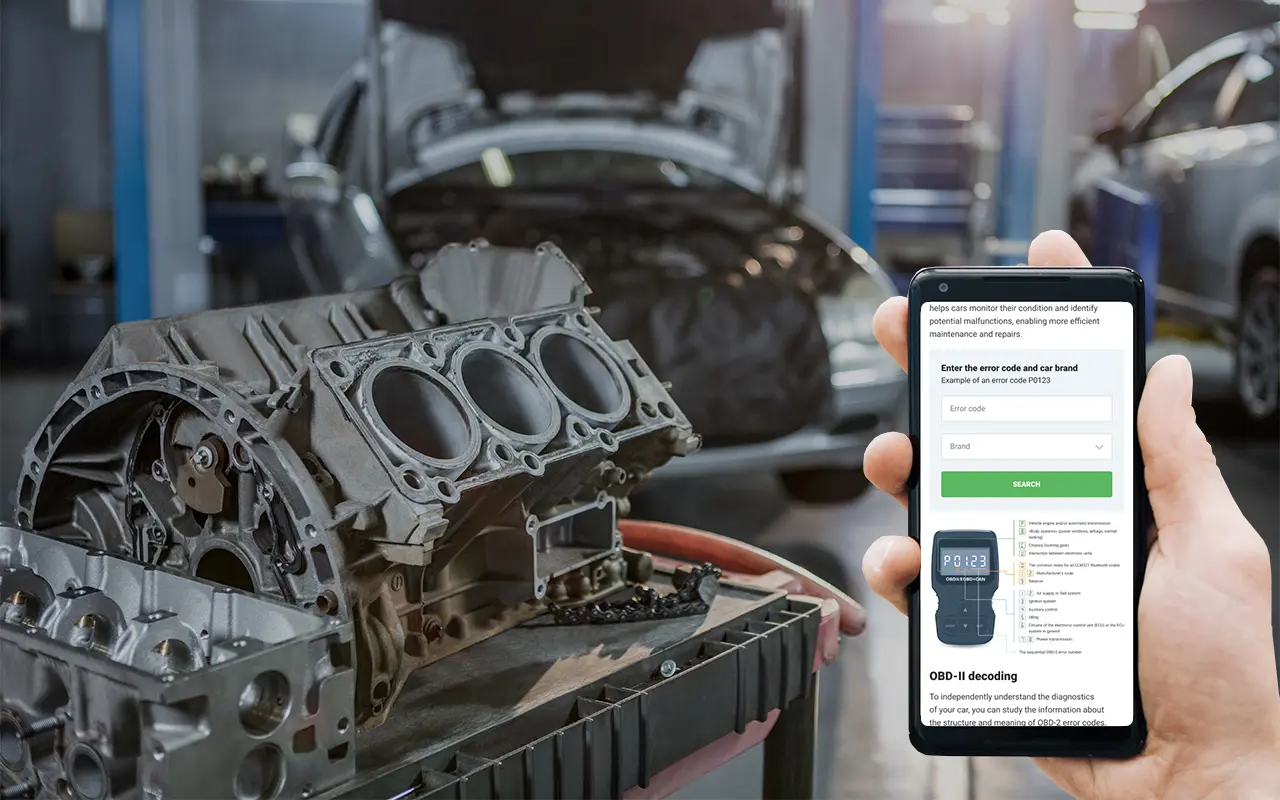If your Mitsubishi is throwing a P1D37 error code, it's signaling trouble with the AC input fuse or the power supply system. Think of it like a safety net - when something goes wrong with the electrical flow, the fuse steps in to prevent bigger damage. When that fuse blows or the power supply acts up, your vehicle lets you know with this code.
DTC P1D37 MITSUBISHI
Common Causes of Code P1D37 Mitsubishi
There are a few common culprits behind the P1D37 code:
- Blown AC input fuse due to power surges.
- Faulty power supply equipment.
- Wiring issues or corroded connectors.
- Problems with the alternator or battery.
- Moisture damage in electrical components.
Symptoms to Watch Out For
How do you know you’re dealing with a P1D37 situation? Here are some telltale signs:
- AC system not cooling properly or not working at all.
- Warning lights on the dashboard.
- Inconsistent power delivery to electrical components.
- Occasional stalling or hesitation.
- In extreme cases, the vehicle may enter limp mode.

Which Mitsubishi Models Are Most Affected?
Models with more complex electrical systems tend to experience this issue more often. The Outlander PHEV, Lancer, and Eclipse Cross are frequently mentioned by owners reporting this code. These models rely heavily on electronic control systems, making them slightly more vulnerable.
It’s a mix of advanced tech and regular wear and tear. Vehicles with hybrid systems or additional electrical components naturally put more strain on the power supply, increasing the chances of triggering this code over time.

Parts to Pay Attention To
When troubleshooting, focus on these key parts:
- AC input fuse and related fuses.
- Power distribution module.
- Alternator and battery health.
- Wiring harness and connectors.

How Serious Is It?
While this error code might not seem urgent at first, ignoring it can lead to more significant electrical failures. Without proper power management, you risk damaging sensitive components, and a failing AC system can make driving uncomfortable in hot climates.
How to Fix P1D37
Ready to tackle the issue? Here’s what you can do:
- Inspect the AC input fuse. Replace it if blown.
- Check the wiring for frays, corrosion, or loose connections.
- Test the power supply system, especially the alternator and battery.
- Reset the code with an OBD-II scanner after repairs.
- If the code returns, consult a professional for a deeper diagnosis.
Final Thoughts
P1D37 isn’t the end of the world, but it’s a nudge to pay attention to your vehicle’s electrical health. Fixing it early prevents more expensive repairs down the road and keeps your AC running smoothly. Regular maintenance and quick action when warning lights pop up can save you both time and money. Don’t wait - tackle the problem and get back on the road worry-free.




